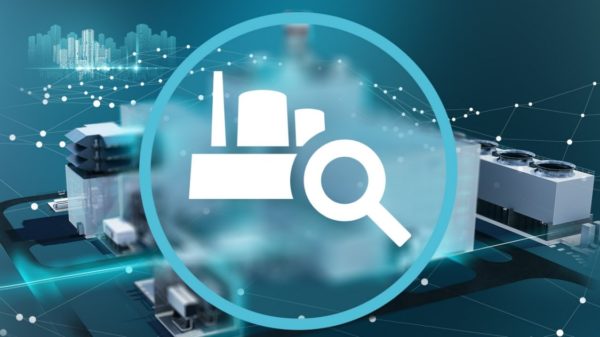How Can Companies Reduce Asset Maintenance Cost?
During the annual budget cycle, the role of a CFO becomes crucial in reducing the operating costs and increasing the overall productivity levels of the company. However, while planning their expenses for the year, the investment in the right IT infrastructure becomes a crucial area of introspection, especially with regards to organizing the maintenance operations of the company.
Organisations spend a huge amount to maintain the safety and performance of all the assets housed within a company, the good health of equipment and machines have an enormous impact on the final output of the organization. The annual income made by the company is directly proportional to the overall efficiency of the unit. Thus, production managers need to explore the new technologies and adapt them to keep up with the growing customer demands. A lot of companies refrain from technology, stating that it is an expensive affair, but, the cost of adopting the technology is far less than the value that one can leverage out of the technology.
By adopting a few industry-acclaimed techniques, companies can reduce maintenance cost, and increase their business volumes.
1. Builds a Safer Environment
Reducing the maintenance cost is often associated with compromising on the safety or the service levels of the company. In the long run, these cost-saving exercises become a critically expensive affair, as they lead to unpredicted downtime, the sudden breakdown of machines which could lead to accidents and many others. However, with the help of a technology-driven maintenance management software companies can create an effective maintenance strategy that will automate processes and ensure a long healthy life for all the assets operating within the unit, thus creating a safer and productive working environment.
2. Effective Data Analysis
Data is the backbone of any organisation; the credibility of data determines the value of decisions made for the benefit of the organisation. However due to inaccurate data, most of the time the decisions are inappropriate, thus the data collection process needs to be robust and accurate. The CMMS helps in real-time data collection so that the information is transparent and accurate, further it helps in representing the data in the form of graphs and dashboards, which makes analysis easy and decision making effective.
3. Preventive Maintenance
The modern-day managers have realised the importance of preventive maintenance, the old strategies of reactive maintenance have been replaced by the more planned preventive method. Here, with the help of an asset maintenance software, maintenance activities are scheduled such that every piece of an asset goes through a periodic check-up so that they remain in a maintained and healthy state. Moreover, the discrepancies in asset performance are also noticed at an early stage and the asset is fixed before it becomes a problem. With fewer breakdowns and better asset life, the overall cost is reduced, and profits are multiplied.
4. Data Tracking
Maintenance data tracking is an important activity in any company. The authenticity of asset historical data determines the purchase or maintenance of investment decisions. The traditional method of data collection was not accurate as the scope for human error was high. However, with the help of a ‘Computerised Maintenance Management System‘, the data can be entered and tracked in real-time. Additionally, the task of finding data becomes a matter of a few seconds, where with just a single click, you can get complete information about every asset, right from the day of purchase. With such effective data, decision making becomes easy and efficient.
The Final Word
Reducing cost can be hazardous if it does not involve the scope of increasing productivity. With the help of technology, these two high ambitious goals can be achieved effortlessly. Technology is indefinitely a boon for the maintenance industry, it is an investment that will bring great value in the future.

















